Shiramine Jingu, The Demon Emperor and Soccer?
In Japan, only some shrines bear the title “jingu”, and all of them enshrine emperors. One such example is Shiramine Jingu. Today, this shrine is well known as a shrine for any sport involving a ball, attracting number of amateur and professional athletes. But the shrine’s original purpose is not so lighthearted; Shiramine Jingu original purpose was to sooth the most vengeful spirit in Japan, Emperor Sutoku.
Shiramine Jingu Shrine
Shiramine Jingu dates back to 1868. Given that there are many hundreds of years old shrines in Kyoto, this shrine is rather new.

This shrine was specially made to welcome the spirit of Emperor Sutoku home to Kyoto.
Emperor Sutoku caused Hogen Rebellion in 1156 because of the imperial succession. However, he was quickly lost in the war, ostracized Sanuki (Kagawa prefecture), and died from disappointment there.
One may wonder why Emperor Sutoku is enshrine here even though he was ostracized to Sanuki because he lost in the war.
In vfact, after his death a number of disasters plagued Japan at the same time for almost 100 years. Finally, at the end of the Edo Period, Emperor Komei thought that the only way to appease Sutoku, was to return him to Kyoto. That is the reason why Emperor Sutoku is enshrined in this shrine.
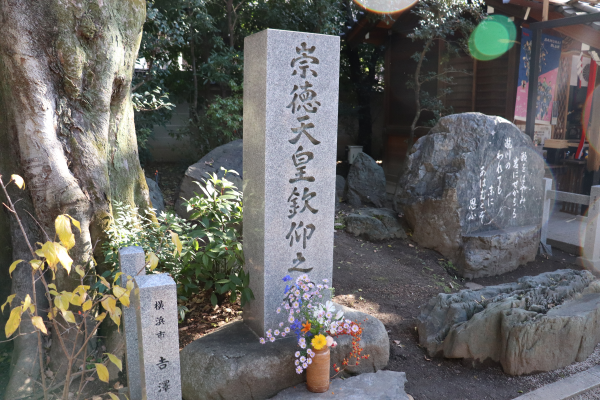
Shrine of balls
Another iconic part of this shrine is just how many balls there are here. Since Shiramine Jingu was built on the grounds of the former home of the Asukai clan, a clan famous for their skills at kemari, a sport similar to kick ball. It is certainly interesting to see so many balls in the honden.
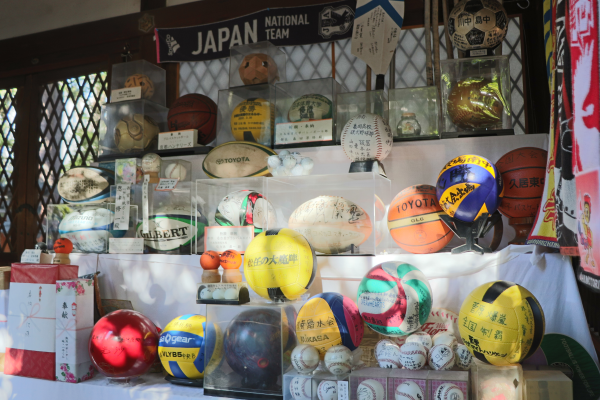
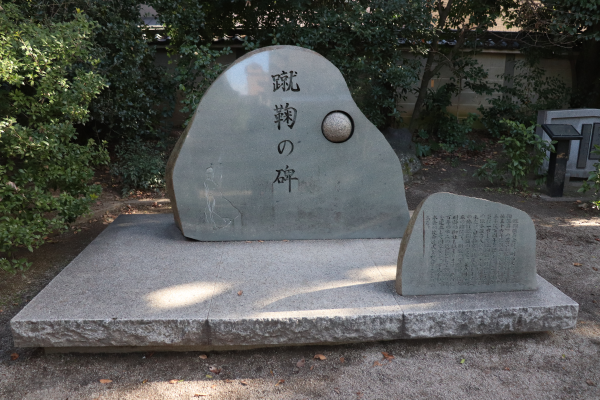
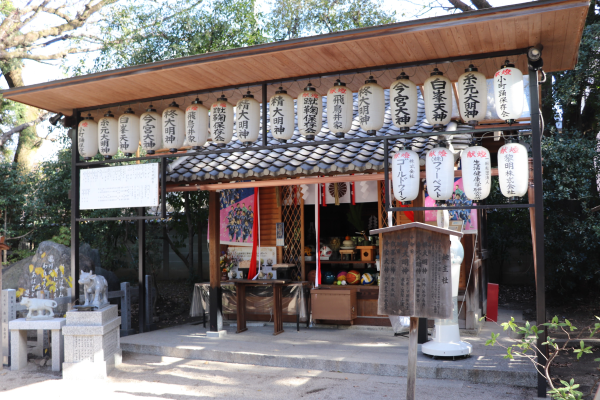
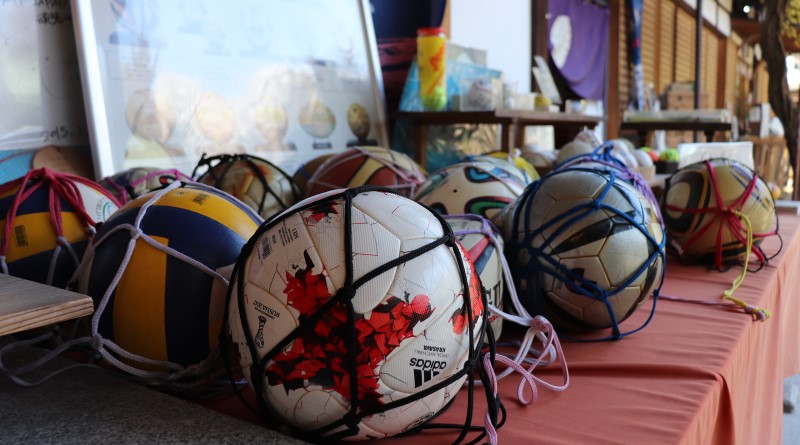
Leave a Reply